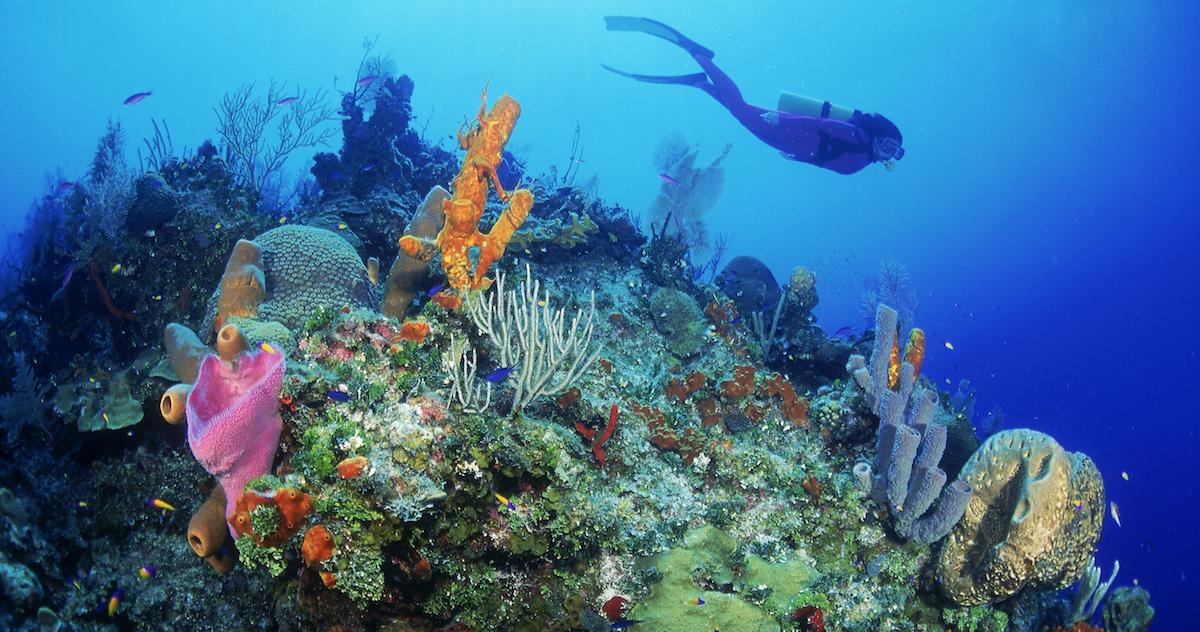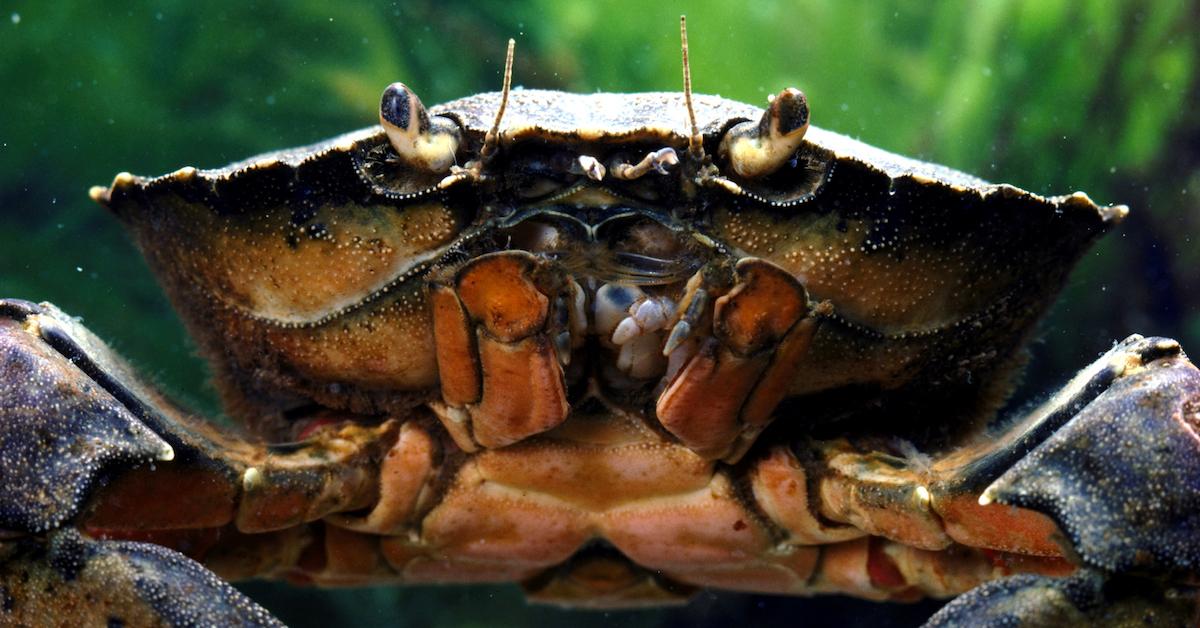Ocean Acidification: Why the Earth's Oceans Are Becoming More Acidic
Updated Jan. 5 2021, 12:11 p.m. ET

It’s a known fact that climate change and global warming are making our planet warmer each year. These rising global temperatures don’t just affect human and terrestrial animal life, however; they also affect our planet’s oceans — an expansive environment that accounts for more than 70 percent of the entire globe. Unfortunately, that isn’t the ocean’s only problem these days. The ocean’s pH is changing gradually over time, and what causes ocean acidification may be directly related to what’s causing climate change as well.
What causes ocean acidification?
According to paleontologist Professor Richard Twitchett, carbon dioxide that is present in the atmosphere dissolves into the ocean, thereby lowering its pH and causing it to become more acidic. There are many factors that contribute to rising carbon dioxide levels, things like air pollution that results from the burning of fossil fuels. Burning coal, oil, and gas for heat or energy, sends smog up into the atmosphere, and that smog is loaded with CO2.
Deforestation is another contributor. According to the Rainforest Action Network's blog The Understory, human beings cut down between 3.5 and 7 billion trees per year. As these plants are cut down, burnt, or even left to rot, they release carbon dioxide into the atmosphere, thereby adding to the growing amount currently wafting above our heads.

Soil acidification can have an effect on ocean acidification as well. Soil degrades and becomes more acidic or alkaline because of slash-and-burn agricultural practices. Most of that soil doesn’t touch the water, but in coastal areas, logging and unsustainable farming can displace acidic soil into waterways. That water gradually makes it way to the sea, thereby contributing to the lowering pH levels.
Now, there are some parts of the ocean that are naturally acidic. These are usually deep beneath the surface, some 13 to 20,000 feet below, and located by hydrothermal vent sites. The gas that comes up out of the Earth’s crust is full of minerals, chemicals, and carbon dioxide-filled bubbles, but none of it is enough to acidify the whole of the world’s oceans — especially since up until very recently, the ocean’s pH had remained pretty consistent.
When did ocean acidification start?
By consistent, we mean that for millions of years, the ocean had maintained a slightly alkaline (basic) pH of 8.2, on average. It was that way for a good solid 20 million years until we came along and started driving cars and cutting down rainforests. Since the Industrial Revolution, carbon levels in the atmosphere have increased greatly, and so too has ocean acidification.
That being said, it is understandably difficult to study ancient ocean pH levels with any certainty. All we can do is look at averages over time based on existing evidence and extrapolate from there. Carbon dioxide can be removed naturally by trees and other natural forces over time, but unfortunately, the gasses are being released too quickly for these natural processes to reabsorb it.
According to the Natural History Museum, ocean acidification is believed to be occurring faster than ever before. The hypothesis is that if carbon dioxide emissions continue to accumulate at the current rate, the ocean will keep absorbing more of the gas each year, making it too acidic for some species to survive.

What does ocean acidification mean to marine life?
Marine life is affected by ocean acidification in several ways. First, organisms with shells or skeletons made from calcium carbonate are beginning to feel their shells dissipating. Crabs, lobsters, and some mollusks are already affected by the slight rise in acidity, and it’s only going to get worse. Now, their bodies can regenerate this lost calcium to some extent, but while they are expending energy to do that, they aren't able to put that lost energy into growth or reproduction.
The other interesting thing about these shelled animals is that, even though some are able to survive and reproduce, it often becomes more efficient for them to become smaller with each subsequent generation. Smaller might equate to less energy being spent on moving around and more energy on maintaining shell health and the reproductive cycle. As Twitchett surmises, this size change through generations could have a big impact on the food chain in the long term.
Humans also eat an awful lot of these shellfish. Most of the shrimp humans eat is farm-raised, but king crab, snow crab, lobsters, blue claw crabs, oysters, clams, and scallops are primarily wild-caught, and so all are affected by this acidification. Without these animals to bolster our already deeply-affected fishing industries, coastal cities and towns could experience a very negative impact on their food supplies. World economies would suffer in the bargain as well.

What can we do to stop ocean acidification?
Unfortunately, if Twitchett and his fellow scientists are to be believed, halting ocean acidification might be practically impossible. Cutting down on carbon emissions, pollution, and deforestation are the only tried-and-true methods to reversing the environmental damage we have already caused. The problem is, carbon dioxide has already been drawn out of the atmosphere and put into long-term storage in the oceans. It’s not coming out — not when the ocean is so immense and expansive.
All we can do is continue to do as the rest of the world is already doing. We can move away from fossil fuels to renewable sources and reduce the amount of new wood, paper, and other such products that we use each day. We have already seen some improvement in our own damaged atmosphere, so, hopefully the oceans will reflect it too, in time.